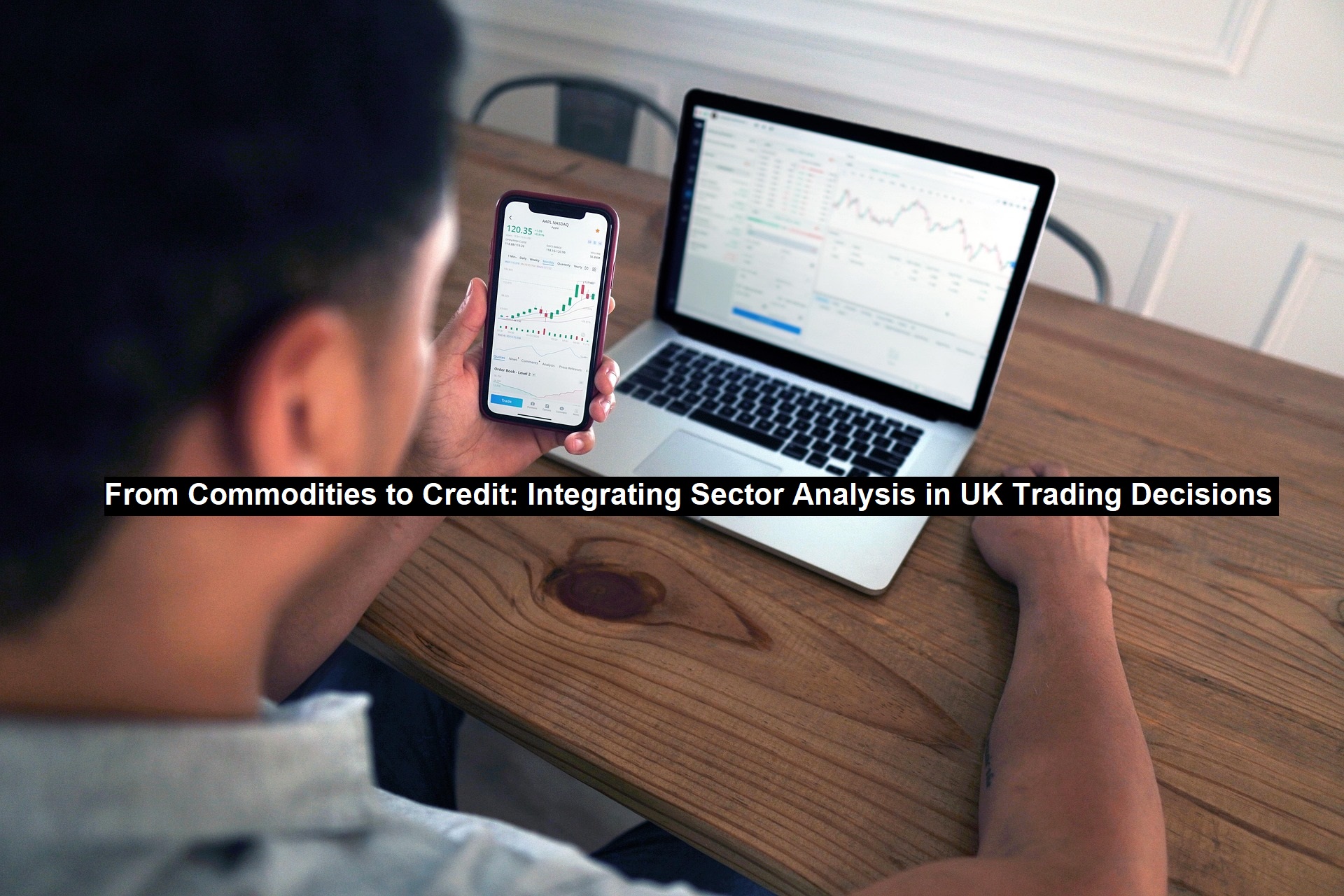From Commodities to Credit: Integrating Sector Analysis in UK Trading Decisions
Professional traders in the UK face the challenge of making informed decisions amid a sea of data and shifting economic conditions. One of the most effective approaches to mastering this environment is integrating sector analysis into trading strategies. By understanding how different sectors—especially commodities and credit—interact and influence market behavior, traders can gain an edge that goes beyond traditional market-wide indicators.
Commodities Sector: A Cornerstone for UK Trading
Commodities hold a unique place in the UK market. The country’s economy is heavily influenced by energy commodities like oil and natural gas, with London being a global trading hub for these assets. Beyond energy, metals and agricultural commodities also impact various sectors of the economy.
Commodity prices are driven by global supply and demand factors, geopolitical events, and weather patterns, which can have direct and indirect effects on UK companies and the broader economy. For example, when oil prices rise, UK energy firms typically benefit, but industries reliant on fuel may see cost pressures.
Understanding these dynamics through sector analysis allows traders to anticipate price movements. The impact of recent UK energy policies aimed at sustainability, for instance, has created new market dynamics in renewable energy commodities and fossil fuels alike.
Traders can use specialized tools such as futures contracts, commodity ETFs, and sector-specific indices to track these trends. By monitoring inventory levels, geopolitical news, and production reports, traders get timely insights to inform their positions.
Read: What Happens To My Pension If I Relocate Abroad?
Credit Markets: Unlocking Insights for UK Traders
Credit markets refer to debt instruments issued by corporations, governments, or other entities, and they play a vital role in the UK financial ecosystem. Corporate bonds, sovereign debt, and credit default swaps (CDS) provide valuable information about sector health, credit risk, and economic sentiment.
Credit spreads—the difference in yield between corporate bonds and risk-free government bonds—are particularly telling. Narrowing spreads often indicate improving creditworthiness and confidence, while widening spreads can signal sector distress or economic slowdown.
For traders, integrating credit sector analysis means paying attention to how changes in credit conditions affect equities and fixed income securities. For instance, if corporate bond spreads widen in the financial sector, it might be a warning sign that bank stocks could underperform.
Incorporating credit market data into trading decisions can be done by tracking credit rating changes, analyzing bond issuance trends, and observing movements in credit indices. Combining these insights with macroeconomic data helps traders gauge sector risk and potential reward more accurately.
Cross-Sector Correlations: Linking Commodities, Credit, and Beyond
Markets do not operate in isolation. Commodities and credit markets, while distinct, are often interconnected. For example, rising commodity prices might improve the revenues and credit profiles of energy companies, which in turn can narrow credit spreads in that sector.
Equities and fixed income markets are similarly linked, where sector shifts in credit conditions influence stock valuations and vice versa. Recognizing these correlations is critical for risk management and portfolio diversification.
For UK traders, cross-sector analysis means understanding how a shock in one area—say, a sudden spike in oil prices—can ripple through credit markets and impact broader equity sectors. This holistic view helps traders avoid being blindsided by isolated market moves and enhances their ability to exploit sector rotation opportunities.
Analytical Tools and Techniques for Sector Integration
To effectively incorporate sector analysis, UK traders should use a mix of quantitative and qualitative tools. Sector ETFs and indices offer accessible proxies for tracking sector performance. Monitoring credit spread charts alongside commodity futures data provides a multi-dimensional view of market trends.
Fundamental analysis remains key, involving deep dives into earnings reports, sector-specific economic indicators, and credit ratings issued by agencies such as Moody’s or S&P. On the technical side, traders can employ sector rotation indicators and momentum oscillators tailored to sector ETFs to time entries and exits.
Additionally, staying updated with macroeconomic reports, central bank communications, and geopolitical news is essential. Tools that aggregate news sentiment or provide real-time market data can give traders a competitive edge.
Practical Steps for UK Traders to Integrate Sector Analysis
Building a sector-focused trading framework starts with diligent research and continuous monitoring of relevant data. Traders should tailor sector analysis to their trading style, whether they are day traders looking for short-term momentum or long-term investors assessing sector fundamentals.
Risk management is crucial when trading multiple sectors. Setting stop losses based on sector volatility and adjusting position sizes according to sector correlation can mitigate unexpected losses.
Using sector analysis can also help with timing market moves. For example, identifying the early stages of a sector rotation into industrials might prompt a trader to increase exposure before broader market recognition.
For UK traders seeking a hands-on approach, platforms offering comprehensive market data, sector ETFs, and credit instruments are invaluable. For a sophisticated toolkit and trading infrastructure, you might want to check over here.
Conclusion
Integrating sector analysis—particularly across commodities and credit markets—can transform UK trading decisions from reactive to proactive. By understanding the unique drivers within each sector and their interconnections, traders enhance their ability to identify opportunities, manage risks, and optimize timing. Adopting a sector-focused approach requires dedication but offers substantial rewards in a competitive market environment.




